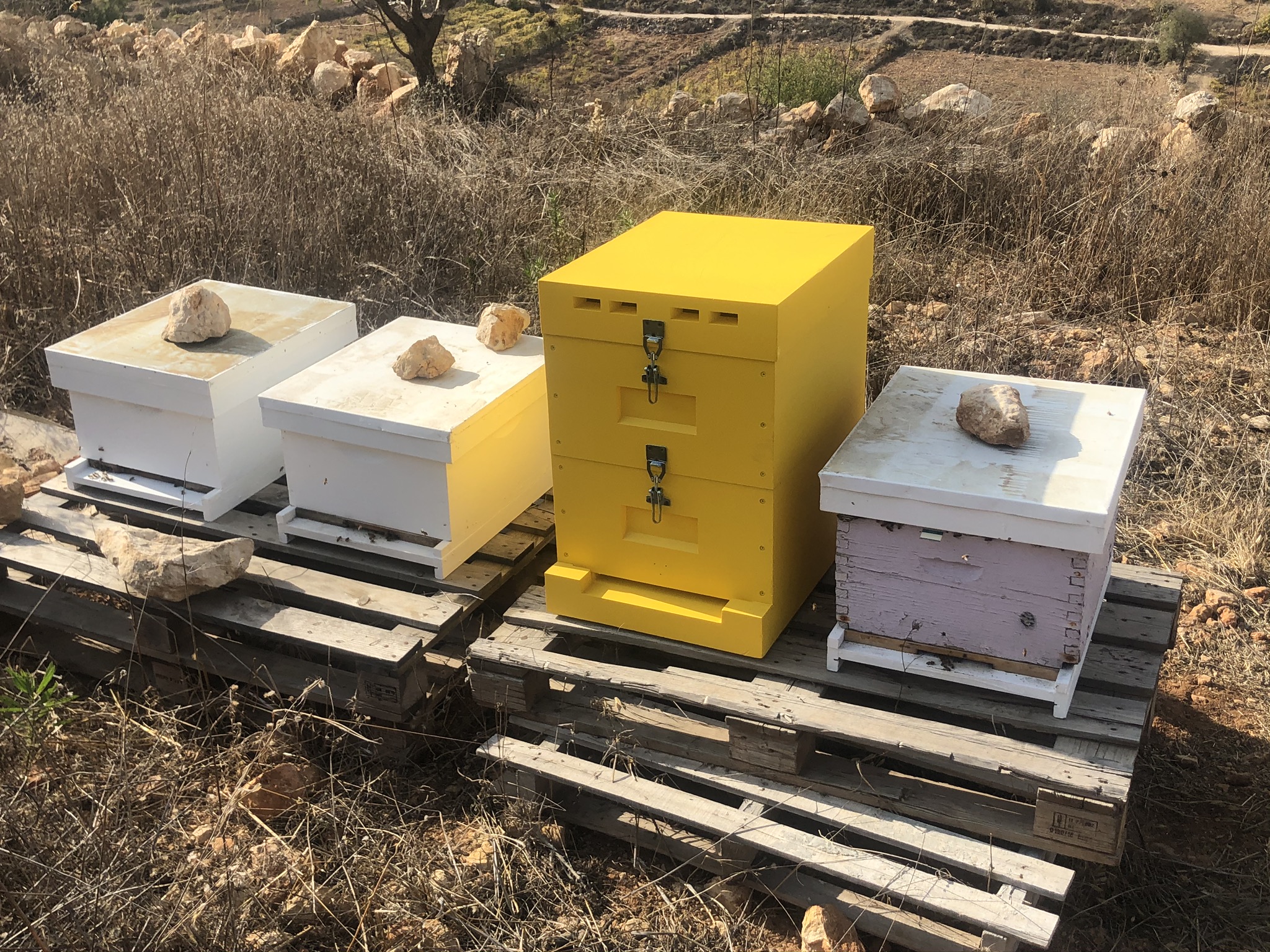Most of the western world uses Langstroth style wooden bee boxes to house their bees. The sides, top and bottom are usually only 3/4 inch thick which does not provide significant protection from the cold during winter. Winter time means the bees have to rely on their stored honey reserves. Winter brings temperatures that
cause the bees to expend a large amount of their energy keeping the hive warm which in turn results in excessive honey consumption.
Beekeepers can lose 30-50% of their hives in the winter. For the hives that survive the winter, they may have lost so many bees that they come out in a weakened state. By the time they build their population numbers back up, they may have missed the honey flows in the spring and early summer and can ultimately enter the next winter with not enough honey reserves.
In order to minimize the effects of the cold weather on our hives and allow more colonies to survive the winter and maintain a strong population count of bees coming into spring, we are experimenting with highly insulated hives. See the picture of the yellow one pictured here. These hives, besides being significantly more insulated, have other features built-in like adjustable ventilation, bottom screens and entrance reducers for keeping out mice and hornets.



